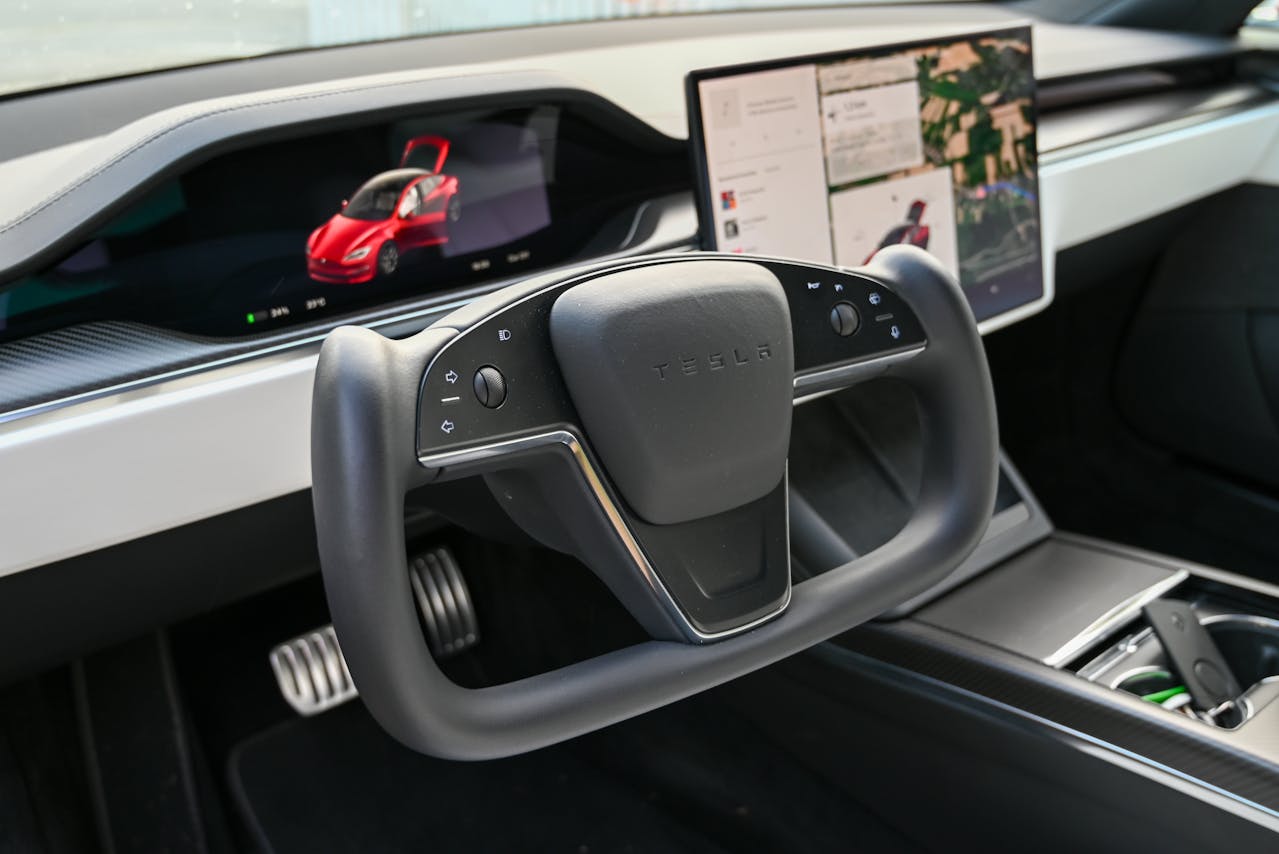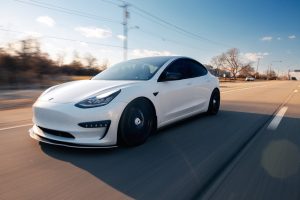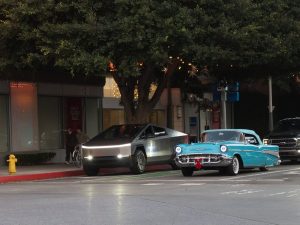Tesla vs BYD: Who’s Winning the Global EV War?
For years, Tesla symbolized the peak of electric vehicle (EV) innovation in the West. But 2025 is painting a much more competitive picture—especially as Chinese EV giant BYD closes in fast. From sales volume and geographic expansion to battery tech and autonomous driving, the global EV market is no longer a one-horse race. In fact, it’s a fierce battle—and BYD is no longer the underdog.
BYD Overtakes Tesla in Global EV Sales—But at What Cost?
Let’s start with the numbers. In the first half of 2025, BYD sold 1.46 million EVs, compared to Tesla’s 1.34 million, according to data from EV-Volumes and BloombergNEF. This isn’t a fluke. BYD first surpassed Tesla in Q4 2023 and has been building on that lead ever since, primarily driven by its dominance in the Chinese domestic market—which now accounts for over 60% of global EV demand.
But there’s a catch: BYD’s average selling price (ASP) is dramatically lower. Its core lineup includes the Dolphin and Seagull—compact, urban EVs priced under $20,000. Tesla, by contrast, maintains a more premium brand image, with ASPs closer to $40,000. So while BYD may be winning in volume, Tesla still leads in revenue and margin per vehicle, especially in developed markets like the U.S., Germany, and the U.K.
Technology: Tesla Still Sets the Pace in Autonomy and AI
Tesla’s recent release of FSD Beta 12.4 has reignited investor optimism. The new version, rolled out widely in North America this July, features end-to-end neural nets, a marked shift away from rule-based logic. Early feedback shows significant improvements in unprotected left turns, lane selection, and traffic signal anticipation. Tesla’s vast fleet of real-world data (over 12 billion miles logged) gives it an edge in training and refining AI behavior.
BYD, by contrast, is still playing catch-up in autonomous driving. While the company has partnered with Nvidia and Baidu for its DiPilot system, the solution is largely Level 2+, with no clear path to full Level 4 autonomy by 2026. Tesla’s ability to deliver OTA (over-the-air) updates on a weekly cadence gives it a software agility BYD lacks.
Battery Strategy: Blade vs. 4680
Battery innovation is another key battleground. BYD’s Blade Battery, based on LFP (lithium iron phosphate) chemistry, is known for its cost-effectiveness, thermal stability, and long life. It’s now used not just in BYD cars, but in partnerships with brands like Toyota and Kia. However, LFP still lags behind in energy density—meaning larger packs for the same range.
Tesla is betting heavily on its 4680 cylindrical cells, which promise higher energy density and faster charging. Gigafactories in Texas and Berlin are ramping up production, although scaling challenges remain. The payoff, if successful, could result in longer-range, lighter cars with lower per-mile energy cost.
Global Expansion: West Meets East
Tesla continues to dominate in the U.S. (62% EV market share in 2025) and Western Europe. Its brand cachet, Supercharger network, and established software ecosystem create strong customer lock-in. Meanwhile, BYD is expanding aggressively into Latin America, Southeast Asia, and Eastern Europe, regions Tesla has historically underserved.
In 2025, BYD announced new factories in Brazil, Hungary, and Indonesia—part of a strategy to bypass tariffs and localize production. However, BYD faces real challenges in brand perception in premium Western markets, where consumers remain skeptical of “Made in China” tech products—especially those involving AI or personal data.
ESG & Geopolitics: The Unseen Battle
There’s also the elephant in the room—geopolitical headwinds. In June 2025, the European Union imposed a 17.4% tariff on Chinese EV imports, citing market distortion. The U.S. has maintained a 100% tariff since early 2024. These actions could severely limit BYD’s long-term prospects in high-income markets, regardless of product quality or innovation.
Tesla, by contrast, remains a U.S.-based company with global manufacturing flexibility. Its “made in Berlin” and “made in Shanghai” strategy allows it to pivot quickly to meet regulatory and supply chain constraints.
Final Thoughts
Is BYD winning the volume game? Yes.
Is Tesla losing its edge? Not quite.
Tesla and BYD are no longer fighting the same battle. BYD is becoming the Toyota of EVs—affordable, global, and efficient. Tesla, meanwhile, is gunning for Apple-level margins through vertical integration, software dominance, and an early lead in autonomy. Who wins? It depends on your metric. But one thing is clear: 2025 is not Tesla vs. the rest of the world anymore—it’s Tesla vs. BYD, head-on.



